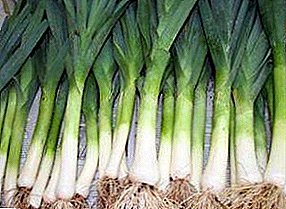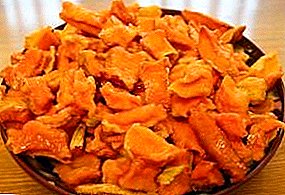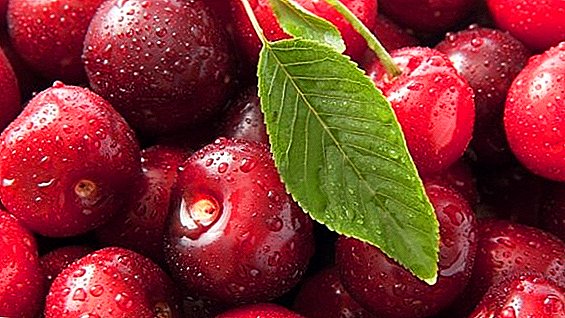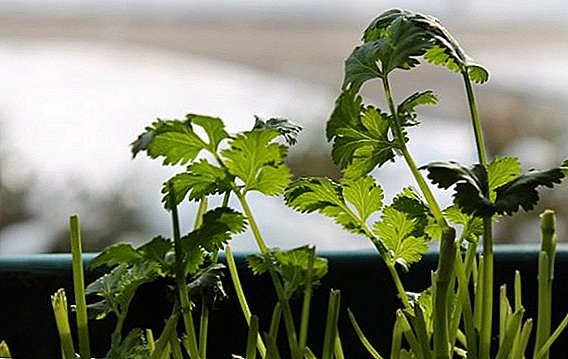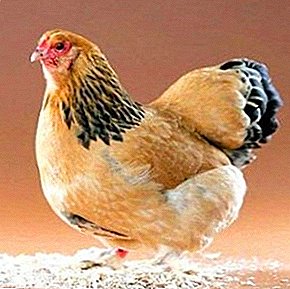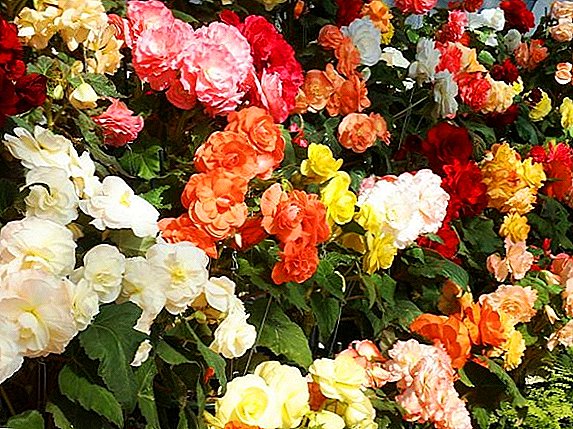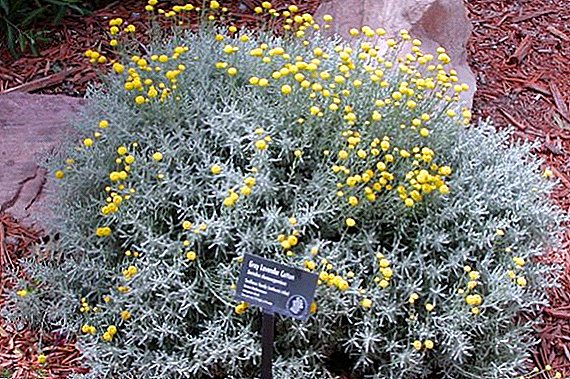 Exotic plant native to the Mediterranean - Santolina, is a decorative shrub with unusual flowers and a pleasant aroma, which has found wide application in landscape design to create interesting and light compositions.
Exotic plant native to the Mediterranean - Santolina, is a decorative shrub with unusual flowers and a pleasant aroma, which has found wide application in landscape design to create interesting and light compositions.
Botanical description
Santolina is a strongly branching shrub (half-shrub) with a rounded shape and a pronounced spicy aroma. He belongs to the family Slazdotsvetnye.
Santolina flowers are collected in small dense inflorescences and have a yellow or cream color. One inflorescence is located on one thin stalk, which extend 15–25 cm beyond the crown. The flowers of the Santolina, like the leaves of the plant, have a spicy aroma. The plant is low. Depending on the type, plant height varies from 10 cm to 60 cm, in rare cases it reaches 1 meter.
Santolina is attractive not with flowers that resemble buttons in their appearance, but with an unusual form of leaves - in one species it resembles a sprig of cypress, in others it is narrow, pinnate, elongated, silvery, green, with or without edge.
Blooming shrubs such as buddleya David, weigela, heather, hibiscus, hydrangea, jasmine, spirea, lilac, forsythia will perfectly decorate your garden.
Popular species with photos
Gained the most popularity santolina cypress and its varieties. In the open field, it grows up to 50 cm in height and up to 100 cm in diameter.
The stem of the plant is covered with dissected leaves. Young leaves of the plant are distinguished by a light green color; as they grow, they acquire a silver color. It has a pronounced olive flavor.  Santolina Rosemary - Bushes with thin, narrow leaves of green. This species is grown as spicy grass and is used in pickling olives.
Santolina Rosemary - Bushes with thin, narrow leaves of green. This species is grown as spicy grass and is used in pickling olives.  Santolina green - The bush has a rounded shape with green dissected leaves. It blooms throughout the summer with yellow flowers. Differs in endurance to low temperatures (down to -7 ° C).
Santolina green - The bush has a rounded shape with green dissected leaves. It blooms throughout the summer with yellow flowers. Differs in endurance to low temperatures (down to -7 ° C).  Santolina Neapolitan - the highest shrub with yellow buds, it can reach a height of one meter.
Santolina Neapolitan - the highest shrub with yellow buds, it can reach a height of one meter.  Santolina silver - shrub with narrow narrow openwork leaves that change to silver color when a light green color appears and over time.
Santolina silver - shrub with narrow narrow openwork leaves that change to silver color when a light green color appears and over time. 
Choosing a place for Santolina
Santolina, as an ornamental shrub, is grown worldwide. Unpretentious interesting plant with a bewitching aroma fell in love with gardeners for their flexibility and ability to create original forms.
Heat and sun
In order to get a beautiful, thick and lush bush, this crop must be planted in an open sunny area. In a shaded place, the plant is ugly drawn out, loses its decorative form, acquires an untidy appearance.  Saplings in the first year of life must be protected from the cold winds of our latitudes, when the bush matures, and its shoots become woody — the winds will not be afraid of it.
Saplings in the first year of life must be protected from the cold winds of our latitudes, when the bush matures, and its shoots become woody — the winds will not be afraid of it.
Soil for the plant
Santolina likes to grow and maintain it on light, sandy soils or dry rocky areas. However, when creating a drainage layer consisting of coarse sand or fine gravel, it will grow on any soil.
Important! If your site groundwater is high - take care of quality drainage. Do not allow water to stagnate in the soil, as this will lead to the death of the plant!
Planting and breeding
Mediterranean beauty propagated by seeds and cuttings in the summer.
Seeds
This culture can be reproduced from seeds. In the second half of January, it is necessary to stratify the seeds during the month. At the end of February - the first of March, seeds are sown on seedlings, the container with the seeds is placed in a bright and warm place.  After two or three weeks, it will be possible to observe the first shoots. When the Santolina have two or three true leaves, it is seated in previously prepared containers. Seedlings are planted not earlier than the beginning of June.
After two or three weeks, it will be possible to observe the first shoots. When the Santolina have two or three true leaves, it is seated in previously prepared containers. Seedlings are planted not earlier than the beginning of June.
Did you know? That with the help of essential oils contained in the plant, even in ancient Rome, they got rid of moths and other insects.
Cuttings
When breeding cuttings are used green stalks of this year, they are cut in March and April. Lignified shoots do not root. With the use of the root stimulator, the rooting process is greatly improved. Cuttings are rooted in wet, loose soil with ease.
Proper shrub care
Santolina - unpretentious plant, planting and caring for him in the open field does not present much difficulty.
Did you know? Previously, in medicine, Santolina was used as anthelmintic. And due to its anti-inflammatory properties, it is part of preparations used against insect bites and relieving skin irritation.
How to water
Perennial tolerates dry weather very easily and is satisfied with rare irrigation. Regular watering is required for plant rooting only in the first weeks after planting or transplanting. Does not tolerate zamyanka.
How to fertilize
Mediterranean beauty in nature grows on barren stony soils, so she does not require any special fertilizers. It is allowed to apply complex fertilizers during flowering, but fertilizers with a high nitrogen content should be avoided. 
How to trim
Perennial trimmed in spring and autumn, if necessary, can be cut in the summer to maintain the decorative form.
In spring, shoots are shortened by two-thirds of the length, after which it thrives well, many lateral branches appear. The formation of a beautiful bush occurs with trimming.
Did you know? MYoung shoots of Santolina used as a spice in cooking. This culture has the properties that can adjust the digestion.
How to transplant
As a rule, the Santolina bushes are transplanted when the culture grows heavily and loses its uniqueness. When transplanting, the bushes are necessarily divided into several parts - old and diseased shoots are removed for rejuvenation.
When planting at a new place, the bushes deepen as much as possible so that the woody trunk completely enters the ground.
At the base of young shoots, new roots are formed, and, consequently, new shoots grow. After transplantation, the crown of bushes should be shortened by a third of the length of the stem. 
How to cover
The Mediterranean beauty tolerates a bit of cold weather, but it can freeze out in case of severe frosts. In regions with warm winters, you can build a shelter of fir branches, straw and leaves.
In the spring, when frosts recede, the shelter is partially removed for access of light and air. Completely free the plant from shelter at the end of March. Some gardeners use wire construction and cover with covering material.
In regions with severe frosts, it is recommended to dig up this crop in the middle of autumn and place it in a cool, dry place.
Important! The destruction of this crop is not so much a severe frost, as the alternation of frost with thaws: the roots of the plant are soaked because of the melted snow, and the subsequent frost kills it.

Diseases and pests of Santolina
Santolina is an unpretentious plant, and it is quite difficult to describe pests and diseases, because we are them ourselves, carrying out the wrong care of the plant.
The cause of the disease can be:
- wrong place for landing;
- dry soil;
- frequent watering;
- shadow.
Application in landscape design
Santolina, with proper planting and proper care in the garden, can be a real decoration or used as a contrasting element in landscape design.
Openwork shrub is used as small borders, hedges. With its use, rockeries, rabatki, a garden of spicy herbs are created, it also looks good on stone alpine hills.


